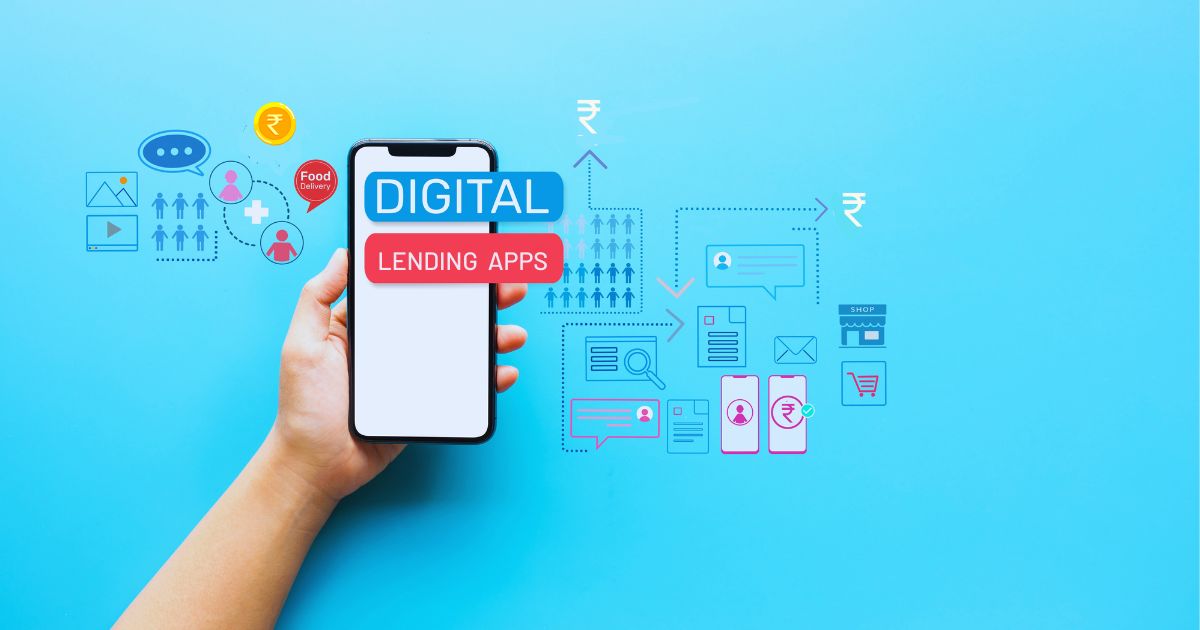Digital Lending Laws · 4 min read
Digital Lending Platforms: Navigating the Legal Landscape
Explore how RBI guidelines shape digital lending in India, the risks borrowers face, and legal protections to ensure responsible lending and safeguard consumer rights.

Over the last few years, more people in India have started using digital lending platforms. Because more Indians are using the internet, smartphones, and convenient online lending, the platforms have transformed lending quickly. Because traditional banks used long and paper-filled processes, there was a need for app-based loans to be quick and low on paperwork. By using technology, financial services have become available to less-served groups and those living far from services before.
Yet, the fast rise of remote work has created some issues. Using financial technology, fintech businesses and NBFCs made it easier to borrow, though several platforms did not operate under the rules set by the government. Since then, many borrowers have accused lenders of including hidden fees, lending at high rates, breaking data privacy rules, and applying pressuring recovery measures. It is necessary to explore the legal side of digital lending in India.
Regulatory Guidelines by RBI
Because digital lenders were increasing in importance and risk, the Reserve Bank of India (RBI) created strict guidelines. During August 2022, the RBI put together new rules to safeguard borrowers and encourage fair lending practices in digital lending.
The rules suggest that all loans be put into and repaid from bank accounts belonging to the person who took out the loan to make sure the money is not diverted. Besides, digital platforms should ensure all fees, such as interest and penalties for being late, are clearly explained before distributing the loan. It is required by the RBI that customers offer their permission before their data is accessed, and this data should only be collected when necessary.
Compliance is also required from all LSPs and DLAs that regulated entities use as partners. Borrowers are entitled to information on complaints and must be able to get in touch with a nodal officer for problems. The reforms have made a big difference in bringing order to what was a messy situation, yet it is still tough to carry them out and maintain them.
Legal Challenges Faced by Borrowers
RBI’s rules have not stopped several rogue digital lenders from leading many people into legal and ethical uncertainty. Among the most important issues is the way companies use abusive phone calls, shame people online, and issue threats of police action. Sometimes, agents have gone so far as to use the names or phone numbers provided by borrowers to reach their friends, relatives, or employees, causing serious social discomfort.
Besides, some borrowers are sometimes unaware of their total debt, how their monthly instalments are broken down, or what happens if they cannot repay the loan. Because businesses use specific words and small print, borrowing can be tricky for people who don’t understand technology quite as well. People often find themselves trapped, without realising they agreed to unfair financial conditions and have no real recourse.
Privacy issues related to data also suffer from a lack of transparency. Lots of people believe digital lending apps take their personal data without acknowledgement and violate the privacy rights recognised by the Supreme Court in the 2017 K.S. Puttaswamy ruling.
Ensuring Transparency and Fair Practices
Digital lending platforms must work in a way that is clear, fair, and responsible to fully protect consumers. Lenders must use language that borrowers understand and make support available in their dialects. Every borrower should learn their rights and how to file a complaint if they come across any wrongdoing.
Whether online or offline, financial literacy initiatives help users become better decision-makers. Meanwhile, both law enforcement and regulatory bodies need to strongly act against any lenders that have no license or do not comply with regulations. We should also prioritise setting up better systems for filing complaints and giving legal help to financially strained borrowers at this time.
Conclusion
Digital lending could offer access to credit to a wide range of people in India, yet it should always protect both the lender and the borrower. Though the RBI’s rules are helpful, strong enforcement and informing the public are needed for a fair lending environment to grow. When technology advances, laws should also change in order to make sure innovation is healthy and financial inclusion does not turn into exploitation.

.CbCugxv0.jpg)

